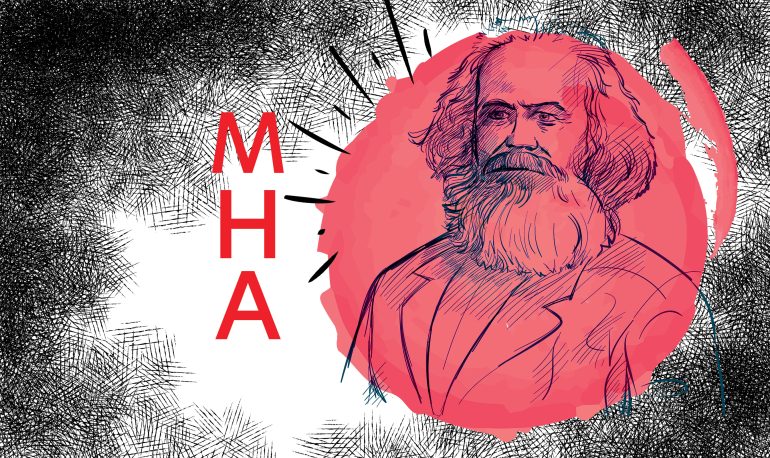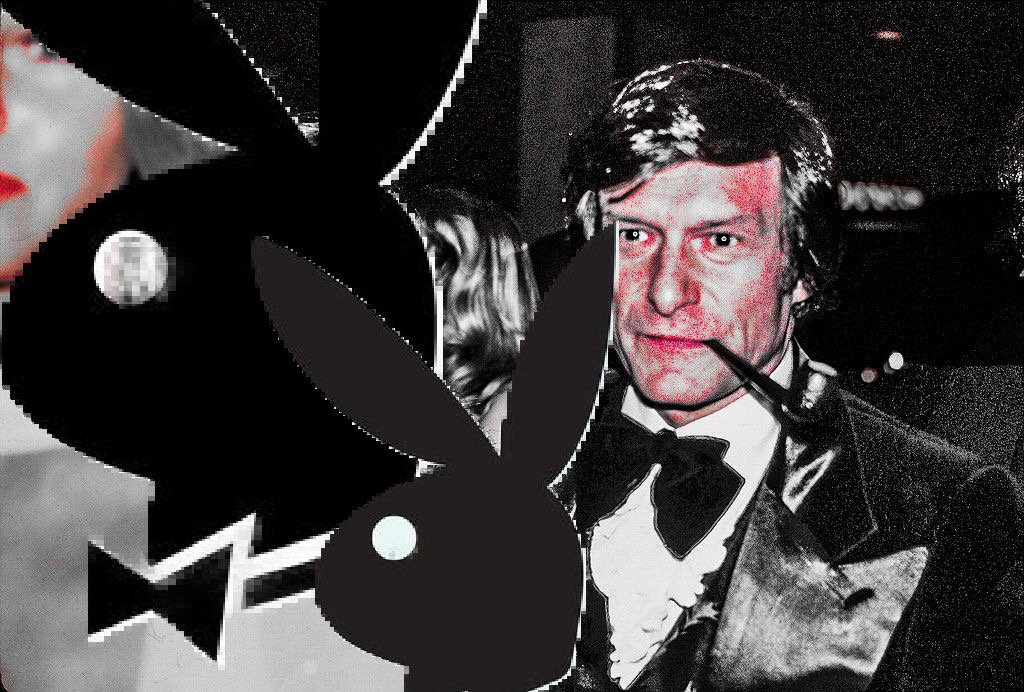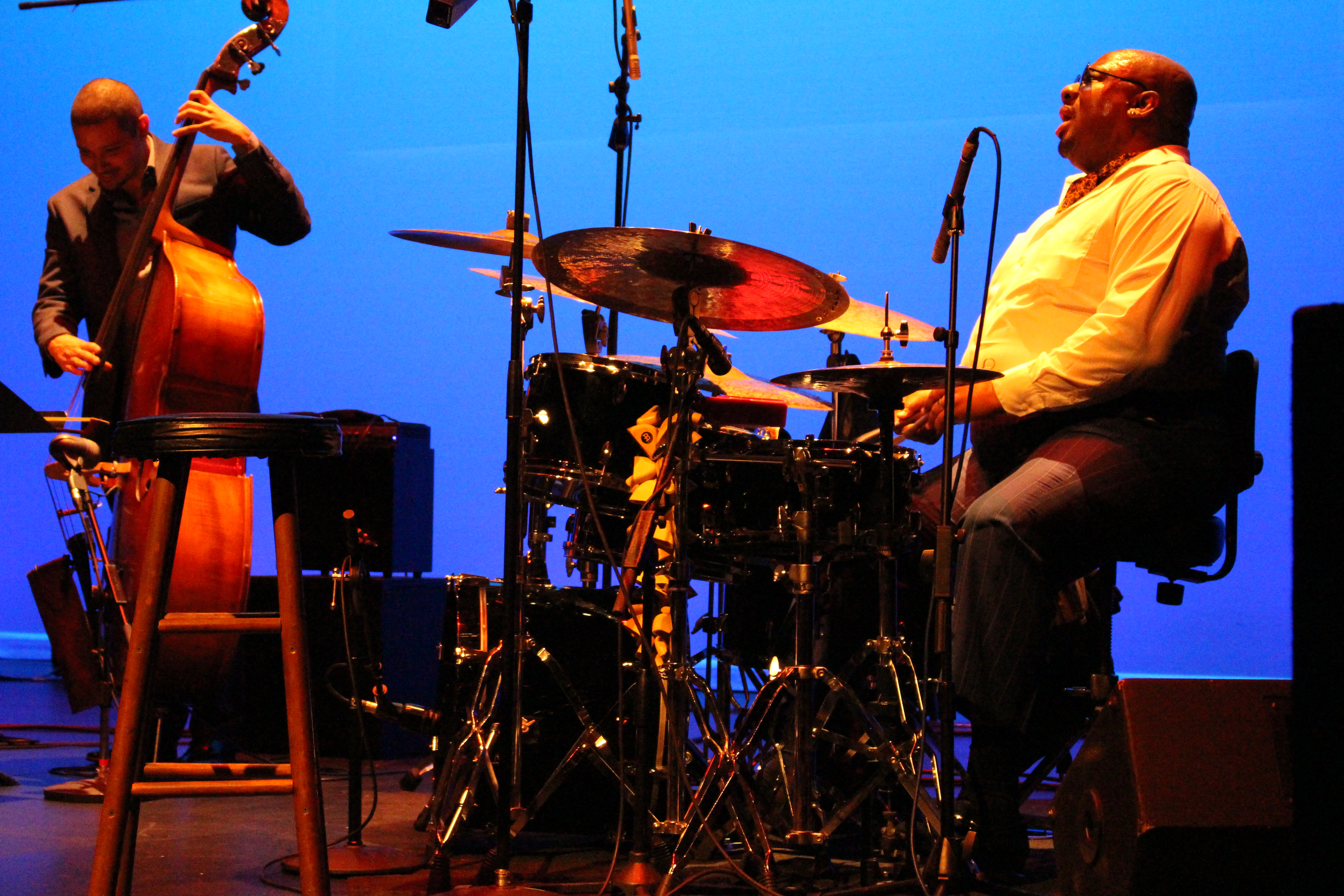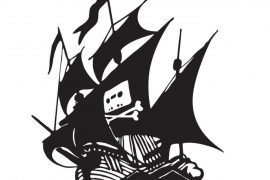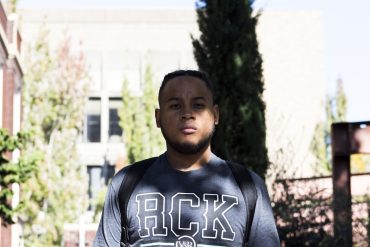“My Hero Academia” (MHA) was a serialized Japanese manga that was published in Shounen Jump from 2016-2024. A hugely popular franchise in America (with its eighth and final animated season set to air in Fall 2025), it depicts Izuku Midoriya, a 15-year old boy who dreams of becoming the greatest hero. Taking place in an alternate universe where 80% of the world’s people possess a unique superpower, Izuku is one of the few in society to be born powerless—or “quirkless”. However, when he does end up gaining a special power, his whole life’s trajectory then shifts, and we get to join him as he sees his dreams turn into reality.
The story beats that I’ve just described sound very familiar to you, I’m sure. A story focusing on a teenage superhero is hardly a revolutionary one—in fact, I would argue that it’s the direct opposite, especially for the US with its long history of still-widely-read comic book hero franchises. For MHA, though there are some slight flavor-differences between it and mainstream juggernauts DC and Marvel, I believe that many will see “My Hero Academia” as a very safe, standard coming-of-age story, with fun, low-stake-heavy worldbuilding.
Despite all the seemingly classic archetypes and story beats, I believe MHA actually depicts a much different story than first expected—one of a violently radical revolution in late-capitalist Japan. And let me just go on the record—I would even claim that “My Hero Academia” is, at its core, a socialist manifesto. Now before I can delve deeper into why I believe this to be the case, it first needs to be established what the societal frameworks in MHA look like, and how those frameworks interact with the story’s depiction of modern Japan.
***
To make sure that we’re all starting on the same page, when I use the term late-capitalist, I specifically am pulling from Fredric Jameson’s analysis in “Postmodernism or, the Cultural Logic of Late Capitalism”. I’m referring specifically to how modern capitalism commodifies products globally, and does so with things that were not traditionally consumable before; for example, according to Jameson, the creation of art itself becomes “institutionalized and [is then] at one with the official culture of Western society . . . aesthetic production [then] become[s] integrated into commodity production . . . at ever greater rates of turnover, . . . assign[ing] increasingly essential . . . position[s] to aesthetic innovation and experimentation”.
For Jameson’s analysis, we can obviously see it to be based on a Western system of capitalism—one where individualism has a high value and informs all aspects of the greater society. In contrast to this hyper-individualistic capitalism of the US, Japan’s modern society adheres to a collective capitalist framework. The difference between the two that I want to highlight is that: individualist capitalism relies on consumers and businesses acting for their own interests in order to be rewarded, while collective capitalism relies on the opposite somewhat—consumers and businesses having to cooperate for the same outcome. However, capitalism can never truly thrive without self-interest being one of the main forces supplying it, and we see this in both MHA’s depiction of modern Japan, and its real-life counterpart. These critical takeaways are of course an extreme summarization of preliminary studies on capitalism as a socioeconomic framework, and I recommend doing your own research and reading into the subject further.
***
The collective capitalist ideology of Japan is what creates the system of commodified hero-work in “My Hero Academia.” We can see the realization of this by looking at how heroes have been integrated into the Japanese economy. Since superpowers/”quirks” have been a part of society for about 100 years prior to the start of the series, there has been plenty of time for market systems to take root. For context, heroes are a part of hero agencies, and are paid on commission as government contractors; the amount of wages a hero earns is decided by a government committee investigating the forms that a hero submits after dealing with an incident (rescue of a citizen, criminal behavior, etc.). Now in a capitalist society, one has to always be thinking about how to increase their own capital, for fear of becoming a member of the lower class—someone who gets exploited and victimized by the system; to prevent that, a participant of capitalism usually focuses on acquiring more and more monetary funds.
For heroes, this means thinking of how to earn wages outside of government contract work; a hero is inherently limited in the amount of work they can do, firstly because hero-work itself is a finite resource, but also because there is a judgment criteria for how much a hero earns that is subject to human interpretation/error; finally, a hero’s ability (or inability) to outperform their peers can and does fluctuate, adding more instability to a hero’s lifestyle.
In MHA, this need for wealth acquisition has led many heroes to become celebrities. Of course, becoming a public figure and earning money from merchandise, commercials, and sponsorships is a legitimate method of securing funds and can support a hero when/if their government contract work cannot. At the start of Chapter 1, this business model has proliferated so much that it has become the norm in not just Japan, but in the global market as well. This normalization encourages heroes—both consciously and unconsciously—to prioritize their public image and perception above nearly all else; lose your popularity, and you lose a stable avenue—perhaps your only alternate avenue—to access funds. Nowhere is this commodification of heroes shown more clearly than with the hero rankings.
In MHA’s Japan, Pro Heroes are officially ranked based on their displayed strength, the number and importance of the incidents they deal with, their popularity, and their overall contribution to society. The Top 10 Heroes are announced every year during The Hero Billboard Chart—and I can’t even analyze that name in relation to commodification, it speaks for itself. To refer back to Jameson’s analysis on Western capitalism, instead of the creation of art becoming the byproduct of late-capitalism, in the world of MHA, heroes have become the commodified product in question.
One of the outcomes of this is social stratification—briefly defined as the process of creating an upper, middle, and lower class in a society (with further subdivisions within those three classes). Heroes—particularly the most popular ones—are a privileged class, and as we can all surmise, this means that popular and highly-ranked heroes have access to benefits that the rest of the population does not. The hero Endeavor, Enji Todoroki is one example of this.
***
From here on out, there will be spoilers for Chapters 31 of the manga and onwards.
Enji Todoroki has a fraught personal life, to say the least. From accounts from both his family and his own admission, he has had a long history of child-and-domestic abuse. Is he ever subjected to some kind of trial for these actions? No. The subject of a trial is never really brought up.
To be clear, Enji’s character at a later point in the story begins to regret his actions, especially when—spoiler!—one of his sons is revealed to be a mass-murderer. Enji seeks to atone for his past, and it’s interesting to see the variation of his family’s responses to that. My focus though, is not to discuss ideologies of penance or deservedness of punishment; my point is that because of Enji’s status as the No. 1 hero, that makes him exempt from even being considered to be eligible for a trial. On one hand, one can argue that during wartime (which is a major plot arc of the story), there is no time for due processes like court trials and the like; nevertheless, even when society stabilizes, there is clearly no intent to even entertain the voice of not pressing charges; it’s as if the idea that Enji would even try to be brought to justice is absurd. Why? Well partly because both domestic and child abuse are underreported and not given a lot of societal weight. But, this lack of system accountability for Enji is also due to him being a top hero. Enji is weighed and measured as a product—a high-ranking hero—and has been determined to be exempt from the justice system because of it. Instead his family is given the burden to focus on how to move on. Some of his children choose to never forgive him, some say that they will, others choose to repress and try to adapt; but at no point does anyone, even those from outside of the Todoroki family, bring up that what Enji did were crimes that would normally be punished.
So we can see that hero society creates a system where public perception and perceived human value become the means to accessing a high quality of life. Even when it is revealed to the public what Enji did to his family, he is still exempt from the justice system due to his perceived value as a hero/government contractor, and the public’s lack of attribution of serious weight to his crimes.
***
Okay, so we’ve established that yes, Japan in MHA is a capitalist entity (like it is in real life) that privileges some citizens and—we can presume—discriminates against others; in what ways does “My Hero Academia” then criticize and query that system?
Besides intentionally exploring the wants, desires, and ideologies of Villains—some of which include nihilistic anarchy—MHA’s last story arcs show what can happen when a society based on capitalism begins to erode.
Individuals who are seen to exist outside of the norm like “mutants” (those with quirks that alter the actual appearance and structure of the bearer), those with “villain-like” powers, and of course, people who are born into poverty and cannot find legitimate work—all and more make up the population of disenfranchised citizens in MHA.
As more heroes then enter the career field in search of fame and money—what would equate to lifetime stability—more and more people end up being discriminated against and ostracized. Eventually, something has to give, and for MHA, what happens is a violent uprising of villains against the status quo; the uprising is actually so violent that important characters are killed off, on both sides.
Throughout this violent revolution, Horikoshi (the author) continues to evoke sympathy for the villain characters, spending time exploring their backstories and their legitimate grievances against how they have been treated in society. Moreover, Horikoshi shows hero characters becoming disturbed and disillusioned as they’re confronted with the deep-set exploitation and abandonment of human beings in their society.
The intent behind this is to avoid dictating what the correct course of action is to create a better society; rather, by portraying characters that have been exploited by capitalism in a sympathetic way, this queries and protests against capitalism, and allows readers to come to their own conclusions about its flaws.
***
There’s a lot more that I haven’t even touched on, such as the government surveillance agencies that employ heroes to monitor and even assassinate public figures that give bad press. I could talk more about the nihilistic anarchy that we see rampant in the League of Villains, or how when villains organize in a way that mimics capitalism (Overhaul), they become the enemy of other, more liberal villains. I also could speak more about reform and how the police in MHA clash ideologically with the young, teenage heroes. In general, there is a lot Horikoshi has to say about how only the youngest generation of heroes-in-training have the ability to challenge and alter the current system.
I’ve really only just scratched the surface of what makes “My Hero Academia” more socialist and radical than you think.

